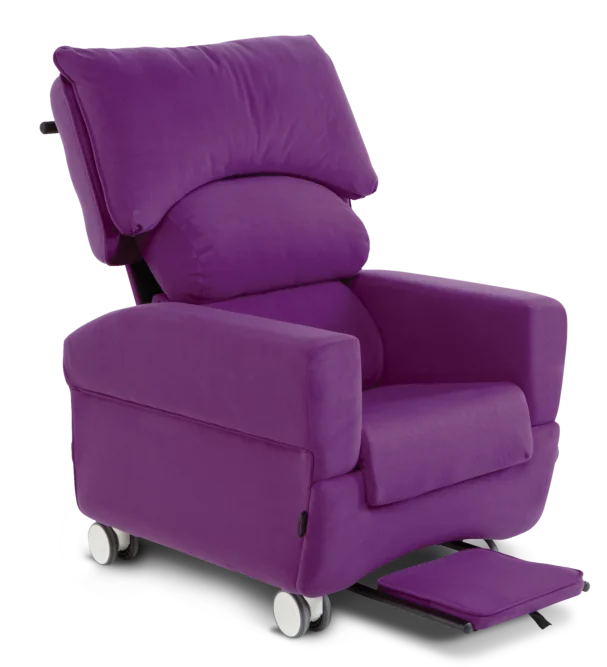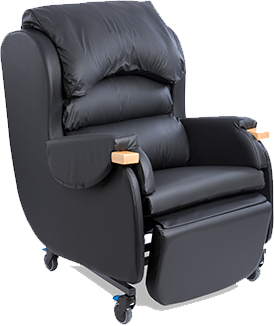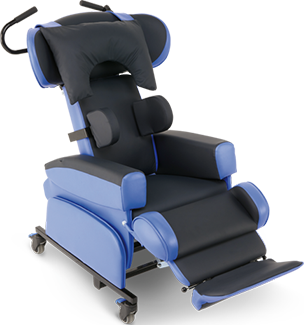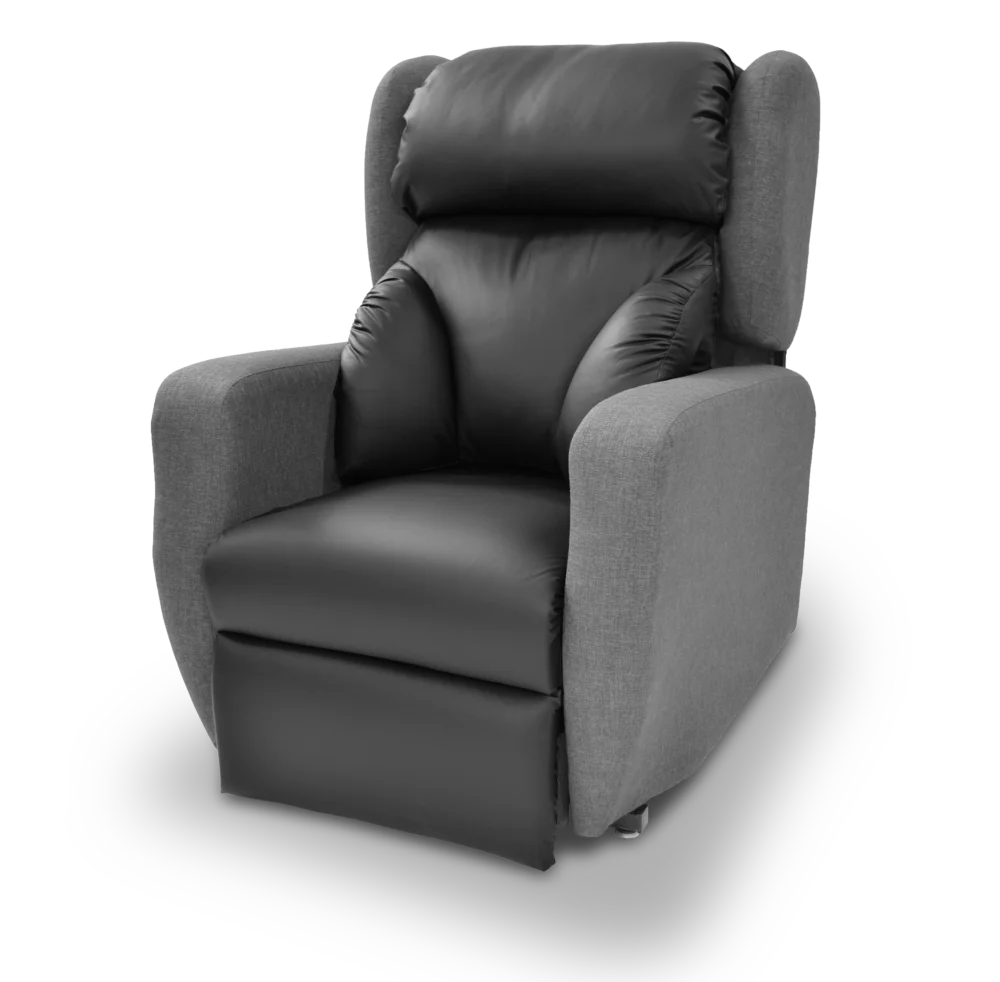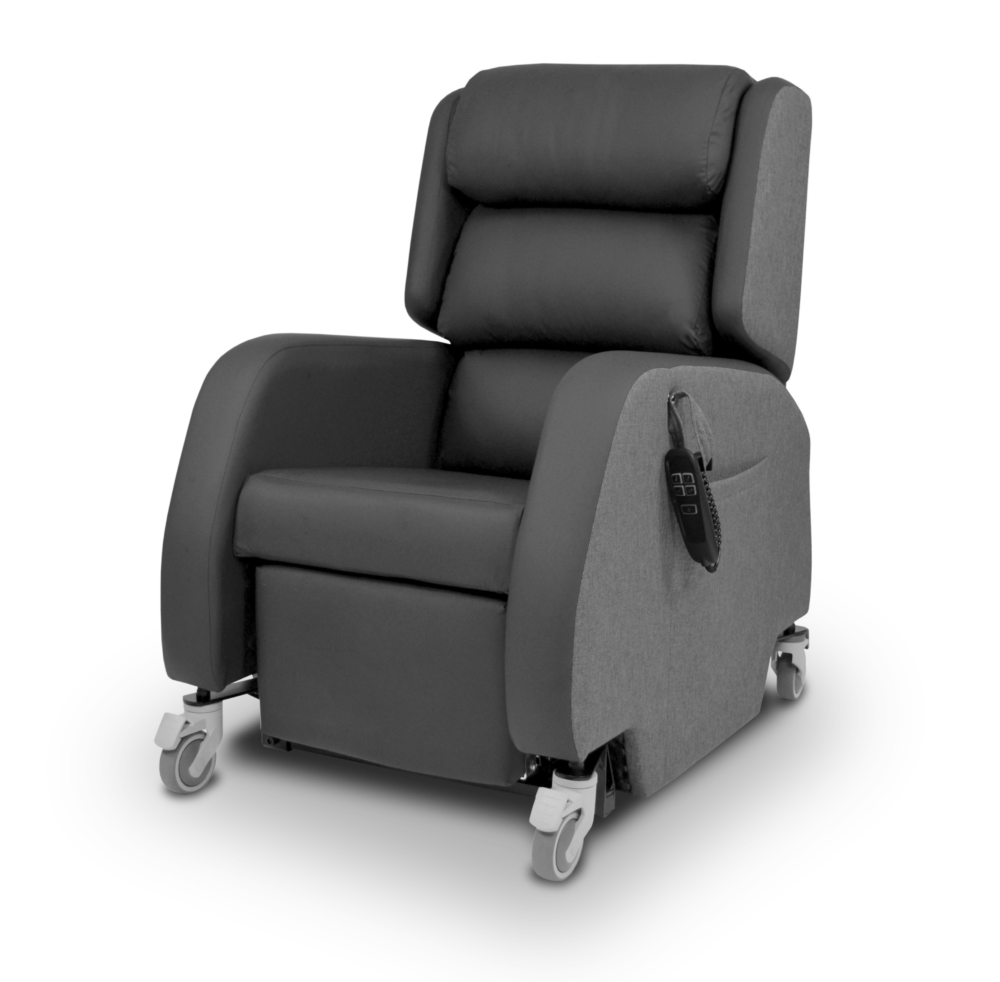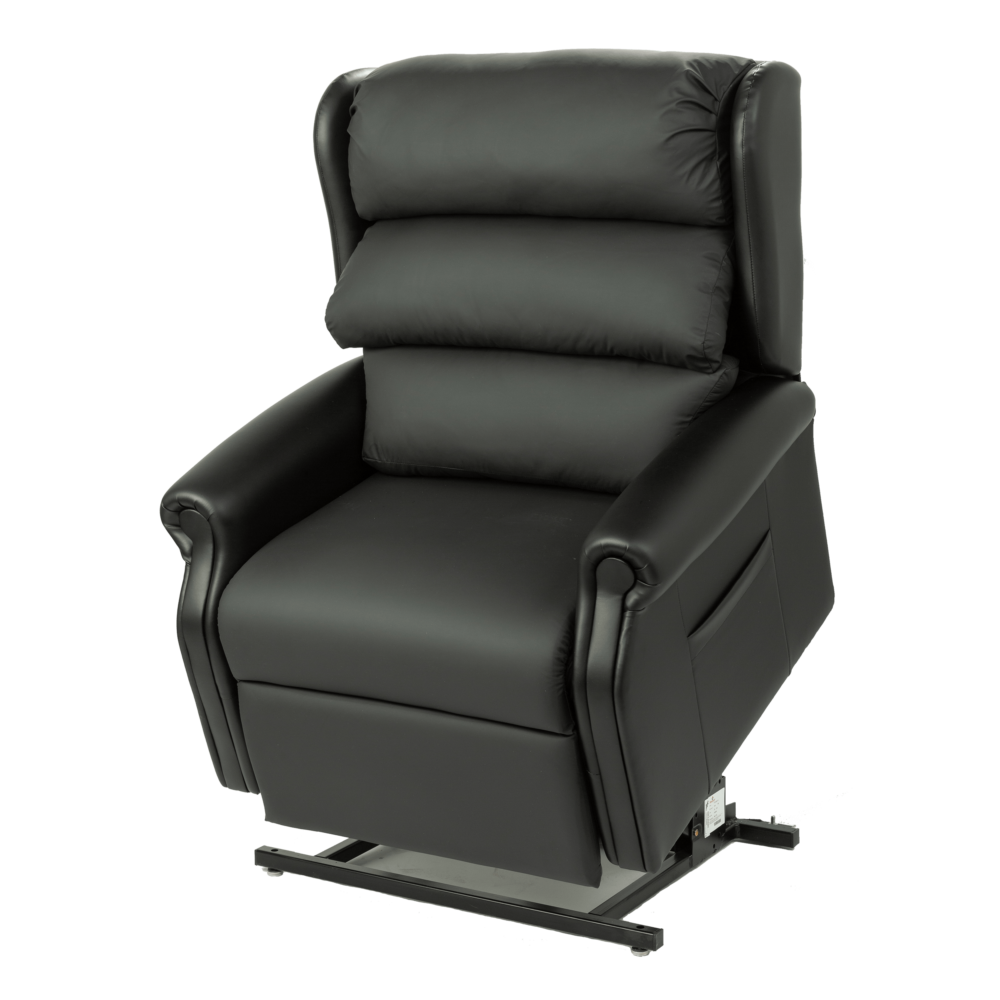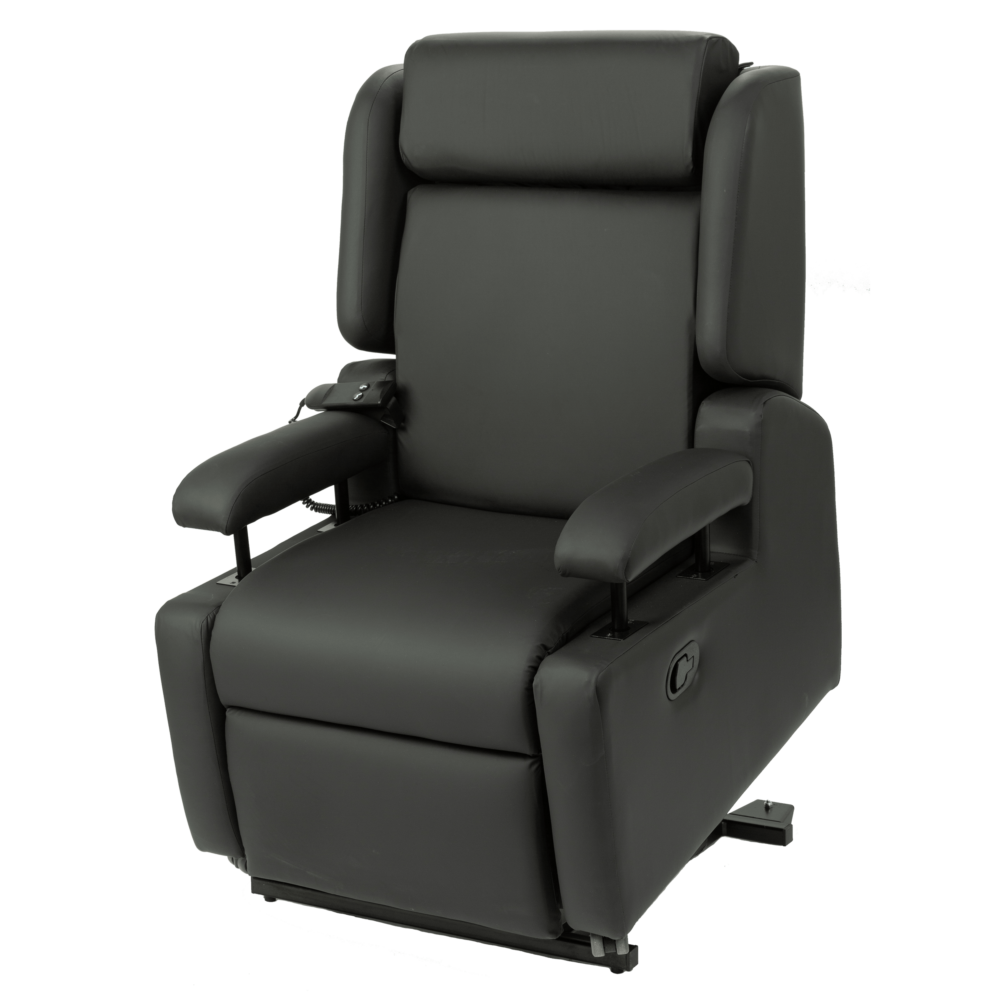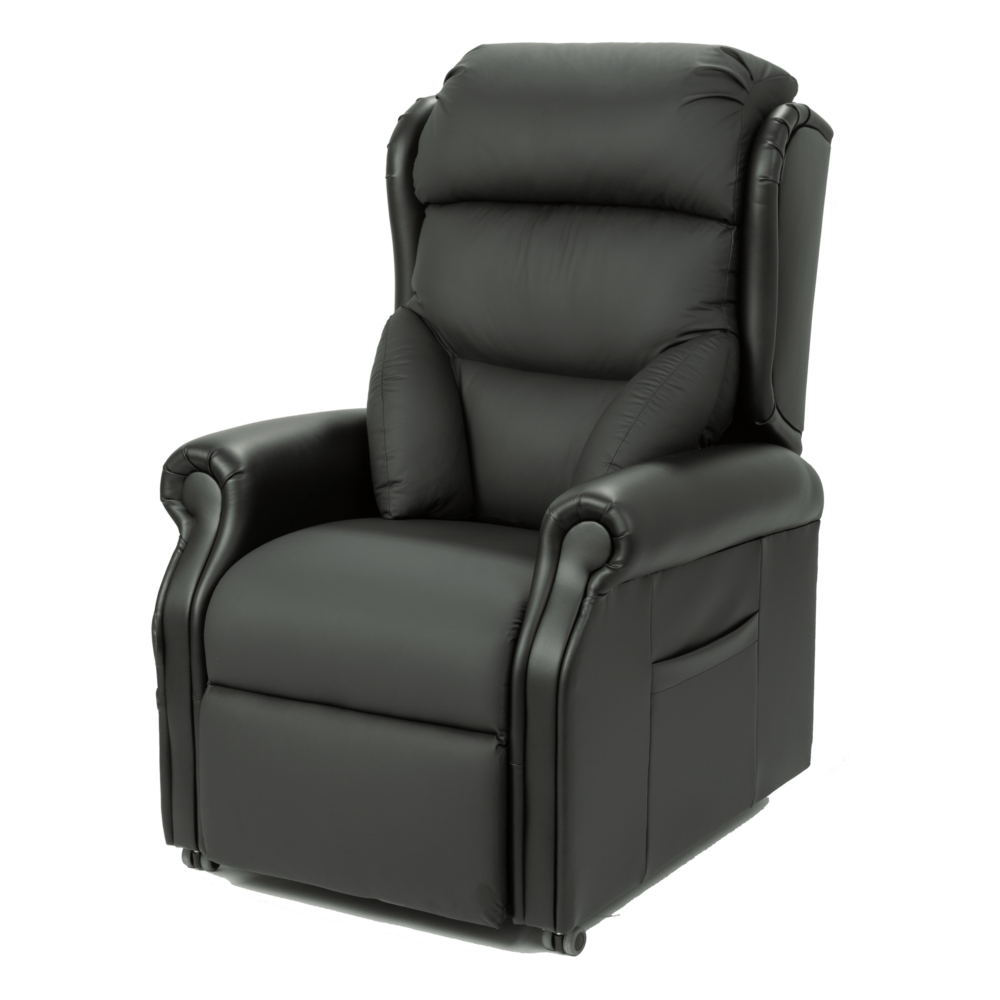What is spinal cord injury?
The spinal cord is an extension of the brain and is made up of a thick bundle of nerves that extends from the brainstem to the lumbar region of the spine. The brain and spinal cord together make up the central nervous system.
The nerves carry messages from our brain to the rest of our body. These messages help us to move our body and control vital functions like breathing, blood pressure, bladder and bowels. When the spinal cord is damaged, the communication between our brain and the rest of our body is disrupted, resulting in a loss of movement and sensation from below the level of injury1.
Damage to the spinal cord can be caused by a trauma, like an accident, or as a result of infection or disease.
What are the effects of a spinal cord injury1?
The higher up the damage to the spinal cord, the more movement and sensation will be lost.
- Damage to the spinal cord in the back will result in paraplegia. Paraplegia affects the movement and sensation in your legs and possibly some stomach muscles
- Damage to the spinal cord in the neck will result in tetraplegia. Tetraplegia affects movement and sensation in all four limbs, as well as stomach and some chest muscles
It is important to be aware that the loss of movement and sensation will vary from person to person, even with those who have damaged their spinal cord in the same place.
As a result of diminished sensation, an individual with a spinal cord injury is also at an increased risk of pressure injury.
“Damage to the spinal cord can be caused by a trauma, like an accident, or as a result of infection or disease.”
What is recovery and rehabilitation?
Rehabilitation is an essential part of the recovery process and will depend on the exact nature of the injury, the individual needs and their general health. After the initial injury an individual is likely to be in hospital for a period of several months, depending on the level of injury, to recover and rehabilitate.
As the spinal cord recovers from the shock of the injury, the individual may make some progress. However, it may take approximately two years for them to reach their full potential. Holistic and multi-disciplinary management of any lasting effects is vital to enhancing quality of life.
What postural challenges can result from a spinal cord injury?
Depending on the level of the injury and the severity of the symptoms:
- Paralysis, muscle weakness and atrophy
- Abnormal muscle tone
- Contractures
- Poor postural control and sitting balance
- Scoliosis
- Increased thoracic kyphosis
- Pelvic instability
- Posterior pelvic tilt
- Pelvic obliquity
- Pelvic rotation
- Sensory impairments
- Fatigue
- Rehabilitation potential
References
Spinal Injuries Association (2018) Understanding spinal cord injury Available from: https://www.spinal.co.uk/learn/understanding-sci/

